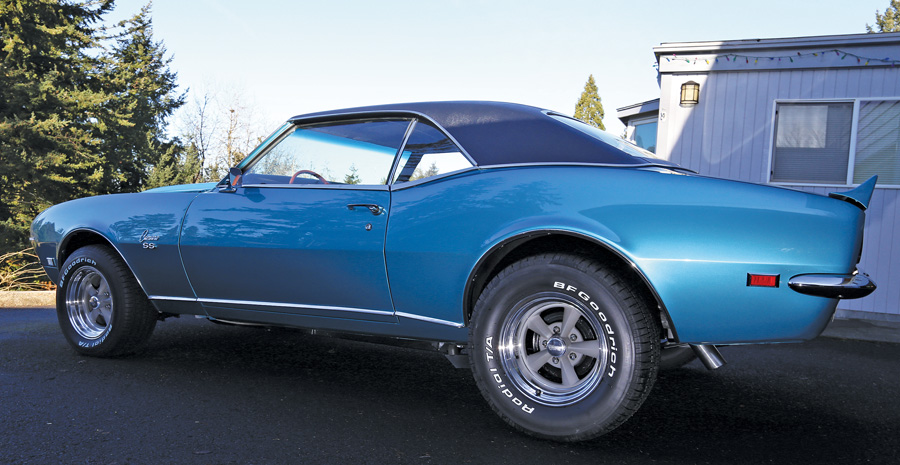So you just bought a car or a truck at an auction. You take it home, get it in your garage, and after owning it for a while, you decide it’s time to personalize it. The best way to change its look? Well for starters, how about new tires?
There are thousands of wheel and tire combinations out there for buyers who want something different than OEM. But you really need to be careful, because the right rolling stock can take your car’s look to the next level, but the wrong stuff can hurt curb appeal. That can cost you accolades on the street — and big money at sale time.
Many truck owners would agree that ordering a set of tires is usually a one-shot deal. You pick the bolt pattern, rim diameter, backspace and tire size — and wait. A week later, that set of wheels is yours, with no ifs, ands, buts, or oops allowed — especially if you’ve tried to mount tires on them or if you’ve bolted them to the car. So if you’re thinking of anything other than a stock size, you’ve got to get those measurements right the first time.
That’s a lot to consider. With all that in mind, we took a look at how to measure for wheels and tires the right way — and called on the experts at Coker Tire in Chattanooga, TN, to give this 1968 Camaro a new look. Here’s how we did it.
Coker Tire Parts List:
Rims and Accessories
- Rocket Fuel Wheel, 15×8, 5 on 4¾ bolt pattern, Coker P/N R23-586137 (4½-inch backspace) and R23-576142 (3¾-inch backspace), $200 and $190
- Coker Chevrolet Rally Wheel, 15×7, 5 on 4¾, Coker P/N CRP157, $87 each
- Chevrolet Disc Brake cap, Coker P/N 1015, $32.50 each
- Trim ring, 15-inch x 3-inch, Coker P/N 3002, $29 each
Tires
- BF Goodrich Radial T/A, 235/60R15, $142 each
- BF Goodrich Radial T/A, 275/60R15, $162 each
- BF Goodrich Silvertown Redline Radial, 215/70R15, $229 each
Summit Racing Parts List
- Percy’s WheelRite, Summit P/N PHP-01201, $79.99
Time spent: Two hours
Difficulty: 1/5
-
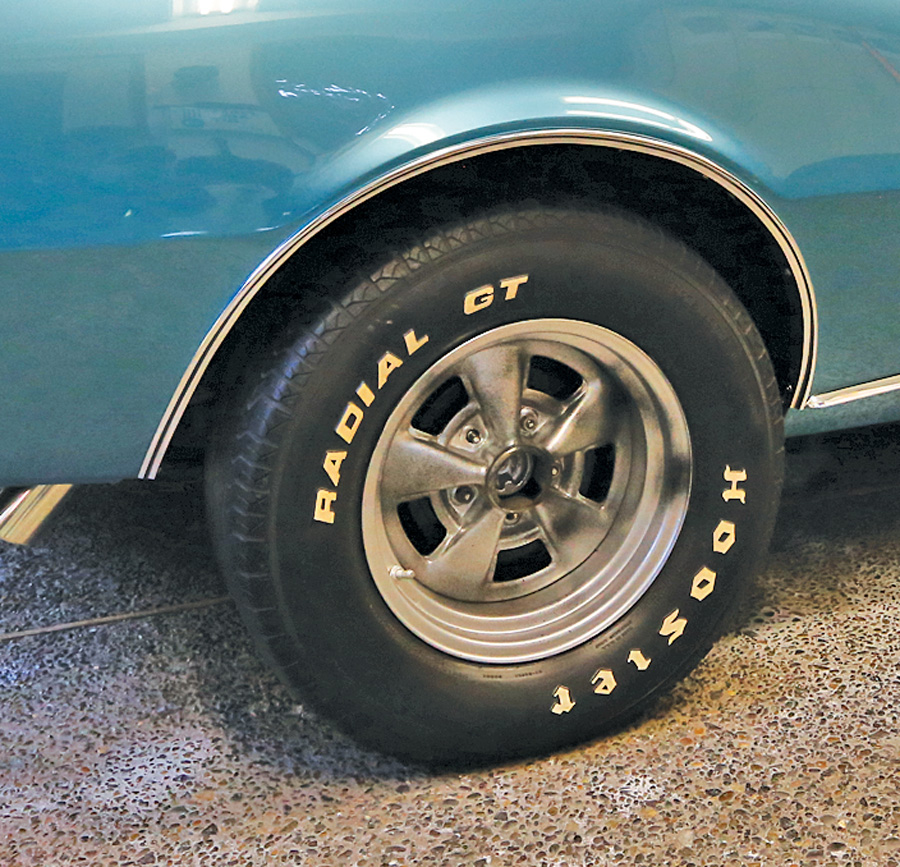
Our subject car is a 1968 Camaro sitting on a mix-match set of wheels and bald tires — they’re fine for rolling around a paint shop or during final assembly of a restoration, but they’re not going to generate any enthusiasm on the street — or at sale time. -
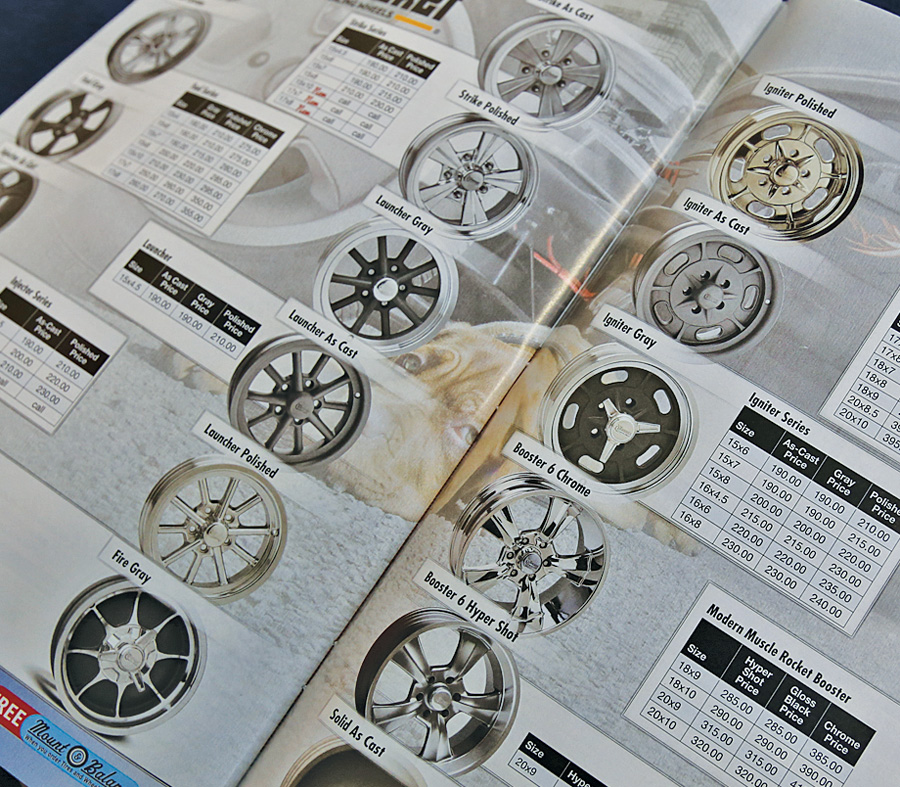
The first step here is the hardest — deciding which look you want. But the smart money here is in stock-style rims on vintage-look tires and Day Two-style aftermarket wheels and fat rubber. Both have wide appeal. Coker Tire can supply you with either, depending on which you choose. We selected a set of each here to show just how much you can change the look of your car with a simple wheel swap. -
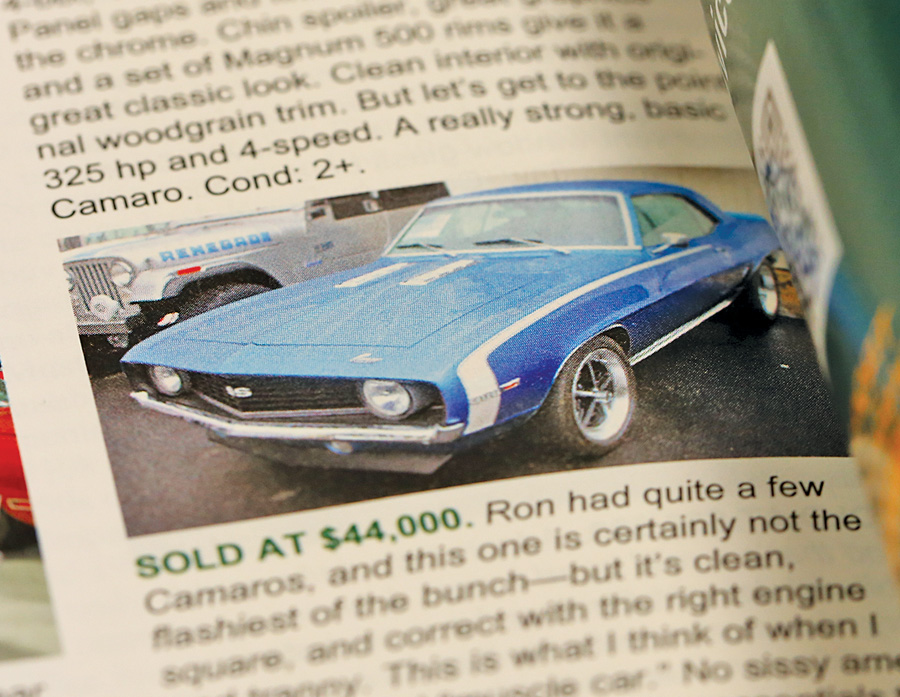
Before you do anything else, research. Look at pictures of cars online or in the pages of ACC to decide on a style. Then go to model-specific forums to see which sizes other people have fit on their cars and what issues they ran into. Use that info only as a starting point. -
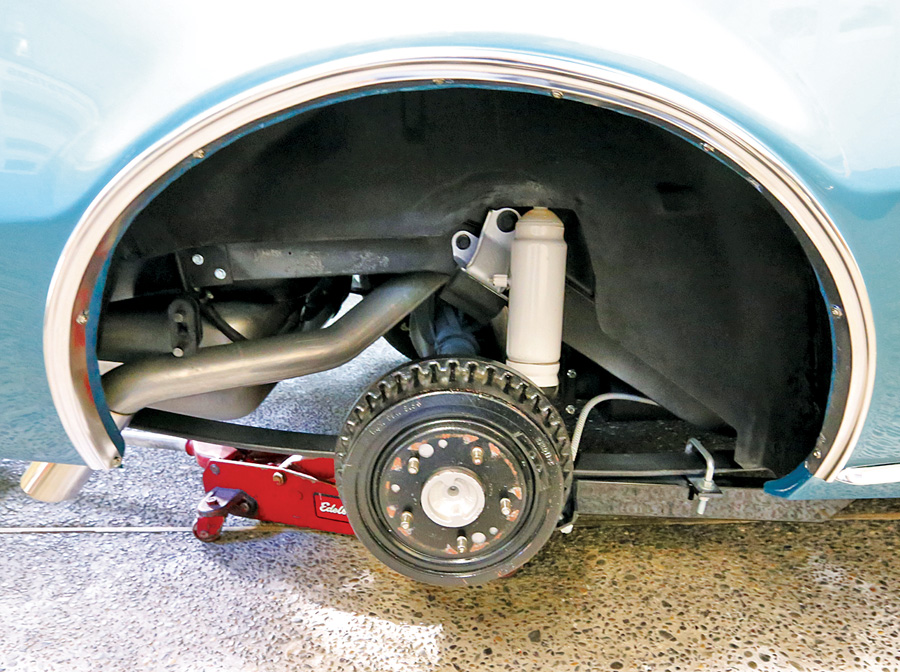
Here’s the rear of our subject 1968 Camaro. This car is fitted with a Flowmaster 2½-inch exhaust system, traction bars and air shocks — non-stock items like these can interfere with wheel and tire fit, so just because someone else stuffed huge 295-series rubber under the back of their Camaro, don’t assume you can, too. -
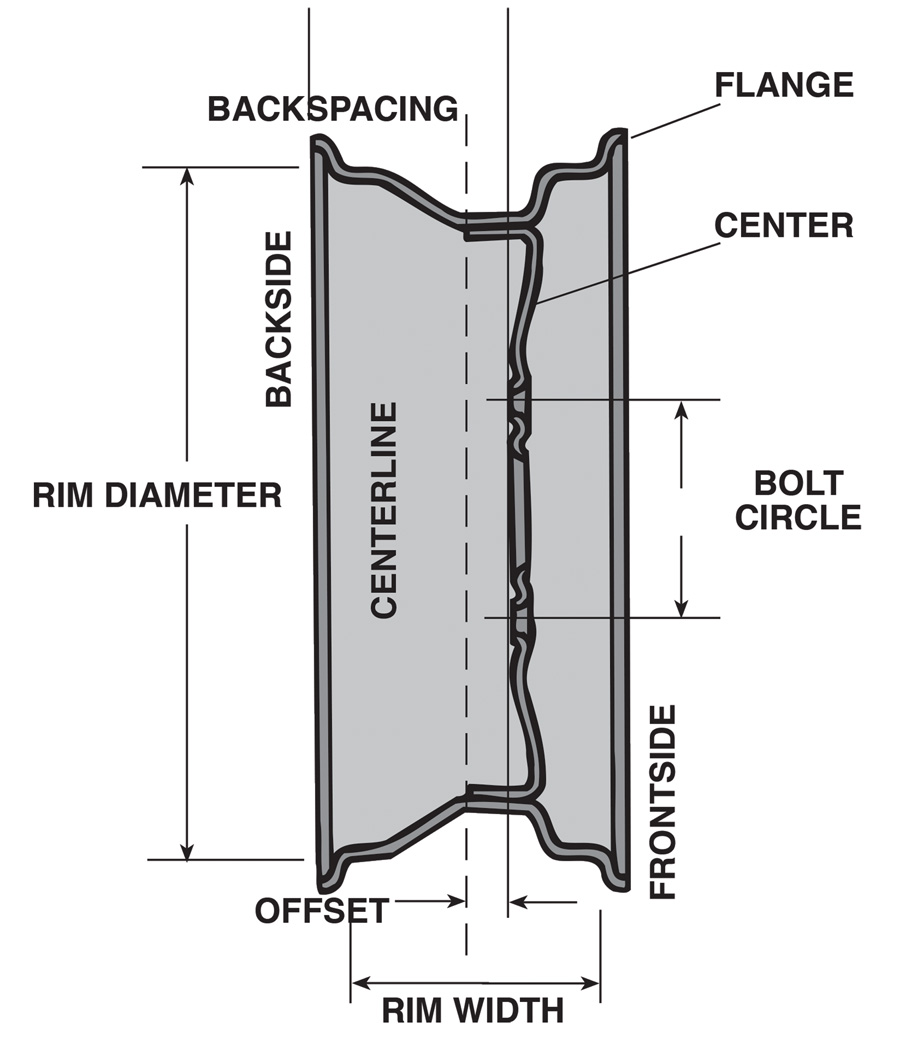
The basics you’ll be working with: bolt pattern, rim diameter, rim width and rim backspacing. All of these play an important role in look and fit. -
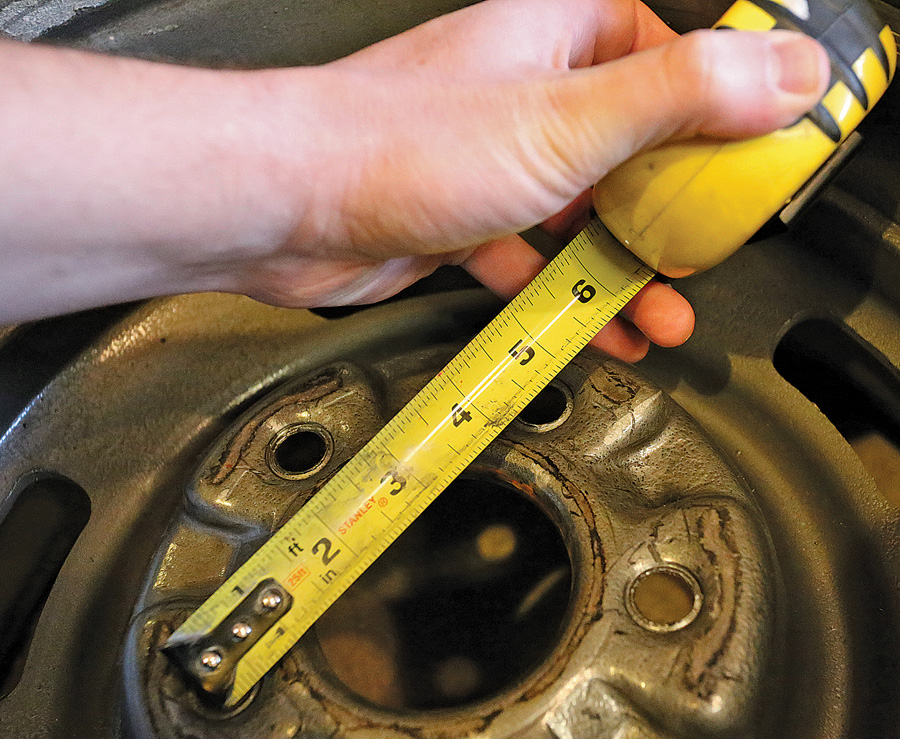
Since this is a 1968 Camaro, we know that the bolt pattern is 5 on 4¾, as that’s what GM used on all its intermediates in the era — meaning there are five wheel-mounting studs, and the distance from the center of one to the far edge of the hole across from it is 4¾ inches. Assuming the axle and front brakes are stock, this should be a given — but it’s smart to double check. -
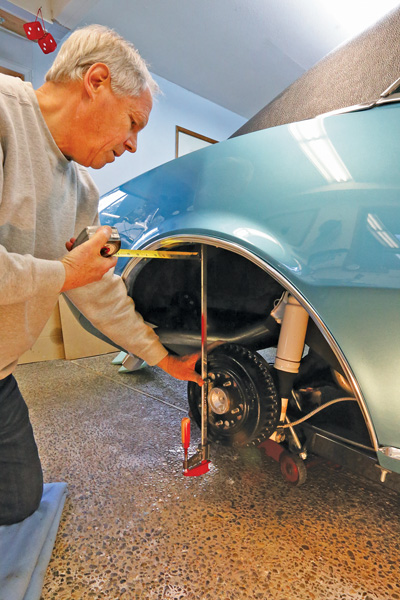
This Camaro had extensive sheet-metal repairs during its restoration, including two new rear quarter panels, so our first measurement was to check if the rear end is centered in the car with respect to the body. We used a straight edge on the brake drum and a tape measure out to the body on both sides. In some cases, adjustments can be made here. -
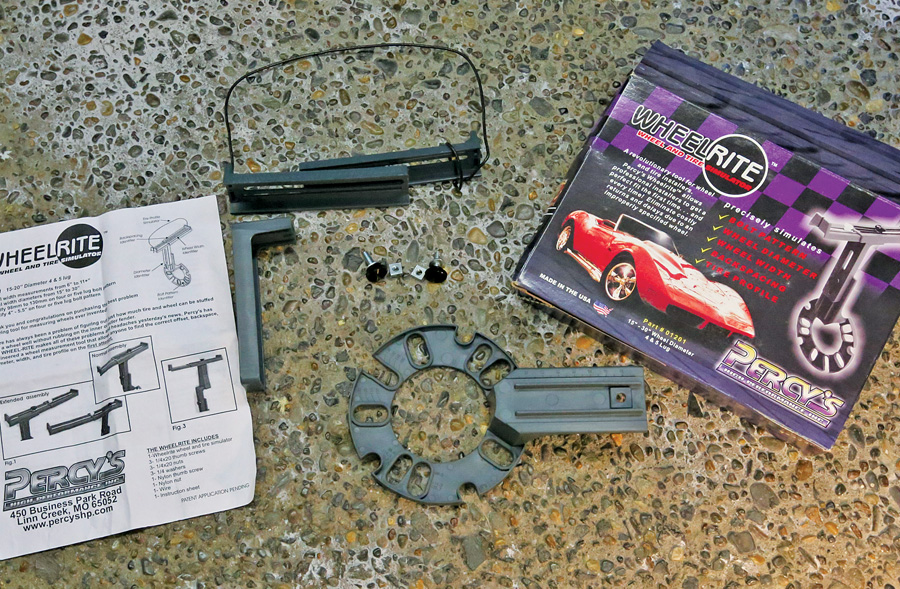
Our secret weapon is Percy’s WheelRite. This tool mounts to your wheel hub and allows you to visualize wheel diameter, width, backspace, and whatever tire size you’d like to run before you buy. This thing works well and will save you a lot of trouble. Summit Racing sells it as P/N PHP-01201 for $79.99. -
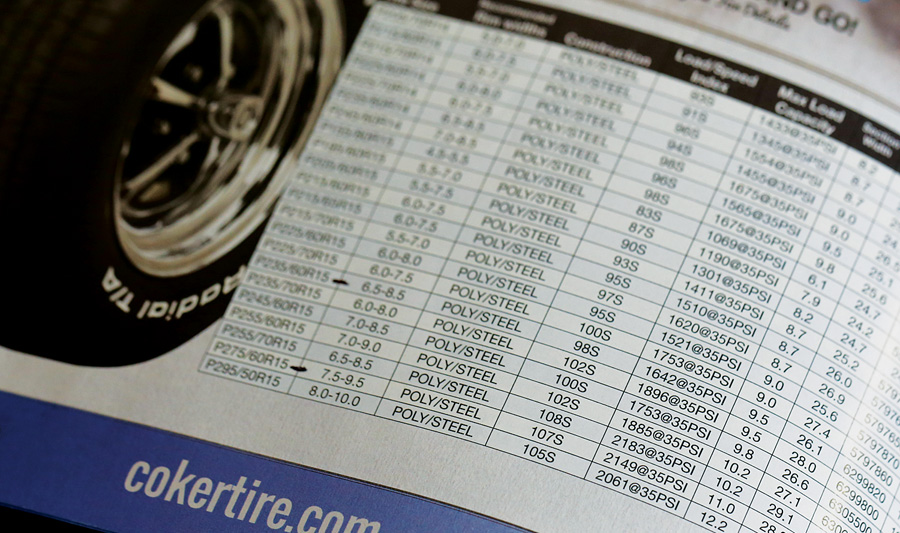
We wanted 15-inch wheels for a vintage Day Two look, and we wanted 8-inch-wide rims on all four corners with fatter rubber on the rear. We settled on BFG Radial T/As, and picked 275/60R15s for the rear and 235/60R15s for the front for a big-and-little look. Our Coker rep suggested smaller 255-series rear rubber as an alternative, citing possible clearance issues on first-gen F-body quarter panels. Coker Tire’s employees are hardcore experts in the field. They really know their stuff — from selection to fit — and that pays off by ensuring you get the right stuff for your car. -
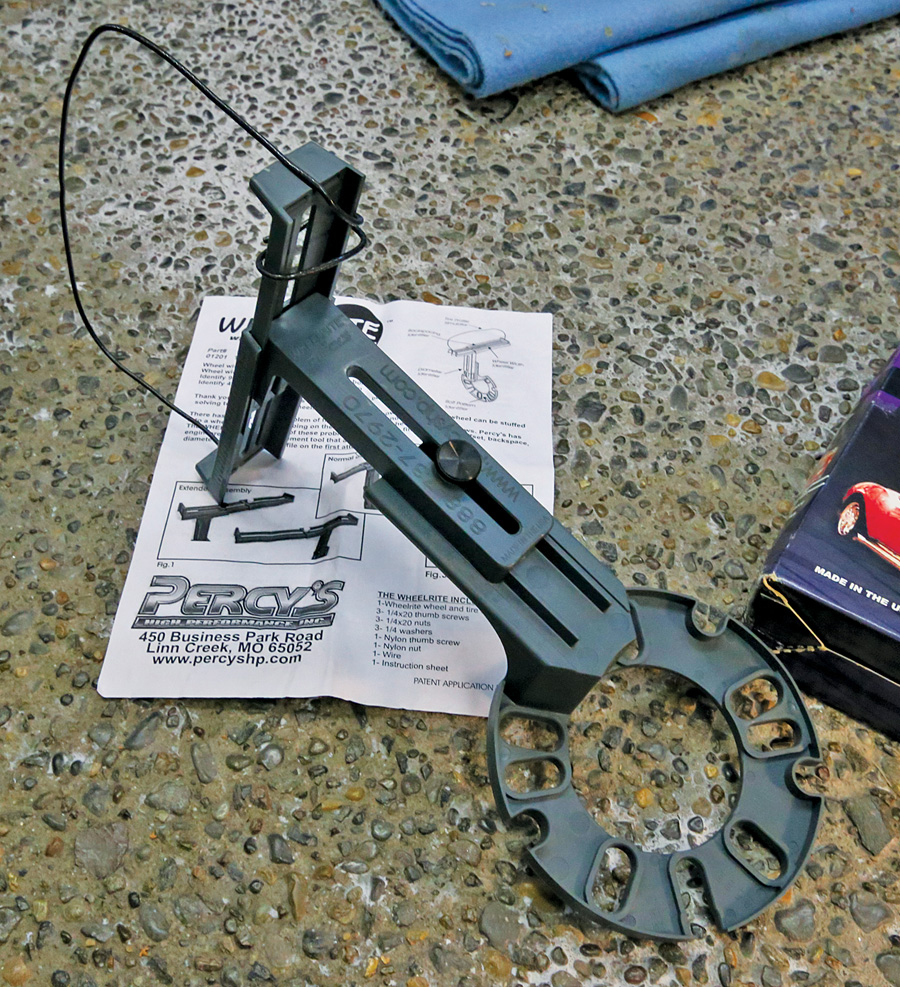
We set up the WheelRite for a 15-inch wheel that’s 8 inches wide, and with a 4-inch backspace. We then used the included wire to mock up a 275/60 tire, which is listed in Coker Tire’s catalog as having an 11-inch cross section and a 28-inch diameter. Now a little math to get our tire mockup correct: a 28-inch-diameter tire minus 15 inches of rim is 13 inches of tire. Divide that by two and you get 6½ inches from the top of the rim to the top of the tire. We bent the WheelRite wire to match — 11 inches wide and 6½ inches tall. -
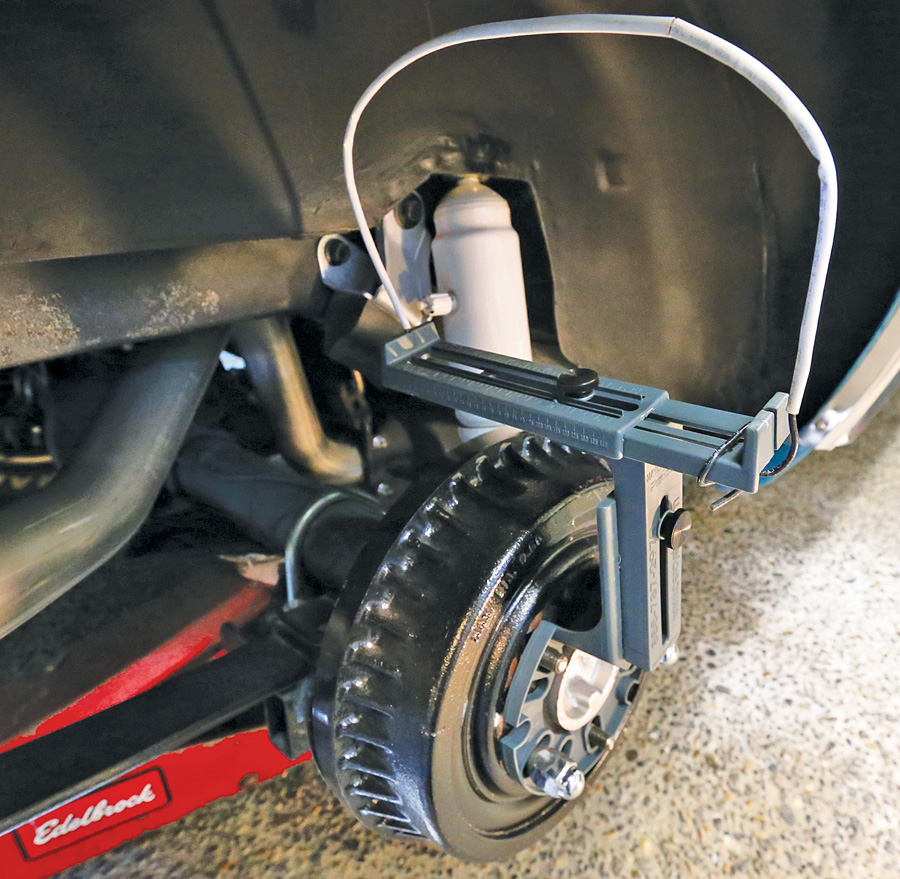
Using a few lug nuts, we bolted the mocked-up WheelRite to the rear axle — being sure to jack the car from the axle to maintain ride height relative to the body. We then took the car out of gear and rotated the rear axle. With a 15×8 rim on 4 inches of backspace, everything cleared, but the shock sat very close to the tire. -
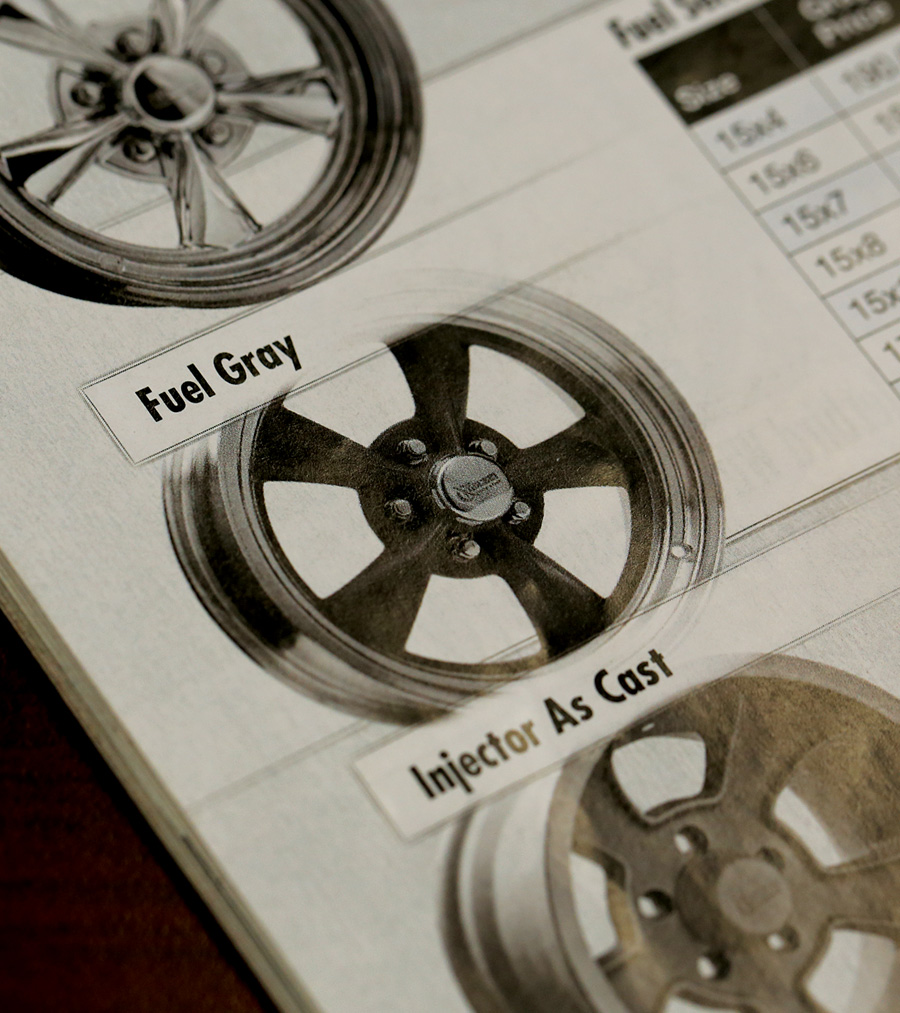
Coker Tire is a Rocket Racing Wheels dealer, and Rocket makes a great-looking five-spoke with a gray center called the Fuel. Coker offers the Fuel wheel design in a number of different sizes — but 15×8 with a 4-inch backspace isn’t one of them. The options here are 4½-inch backspace and 3¾-inch backspace. -
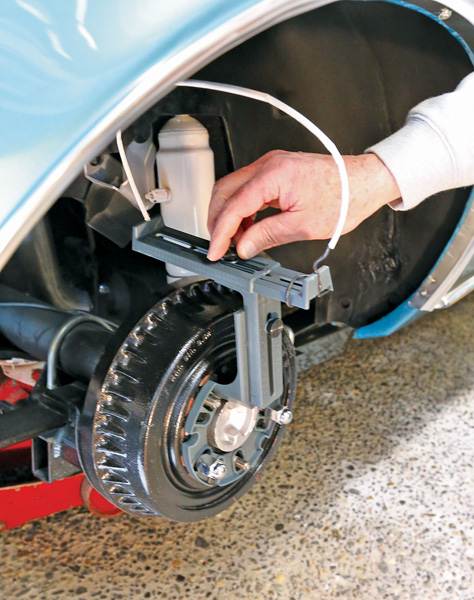
Increasing the backspace from 4 inches to 4½ inches effectively moves the tire a half inch inboard toward the center of the car, and with that wide shock in the way, that wasn’t going to work. So we loosened the WheelRite top screw and slid the adjustment to a 3¾-inch backspace — basically moving the tire out from the center of the car by a quarter inch — to check that option. -
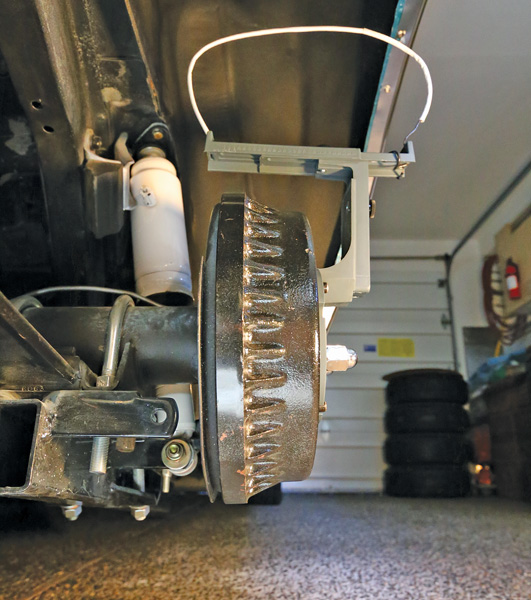
Bingo — a nice, fat 275/60R15 on a 15×8 wheel with a 3¾ backspace will work here. This car’s new springs keep it high enough and stiff enough in the rear to eliminate tire interference with the quarter panel — the first thing our Coker rep mentioned might be an issue. The shock has plenty of room, too. To verify, we checked the other side as well. -
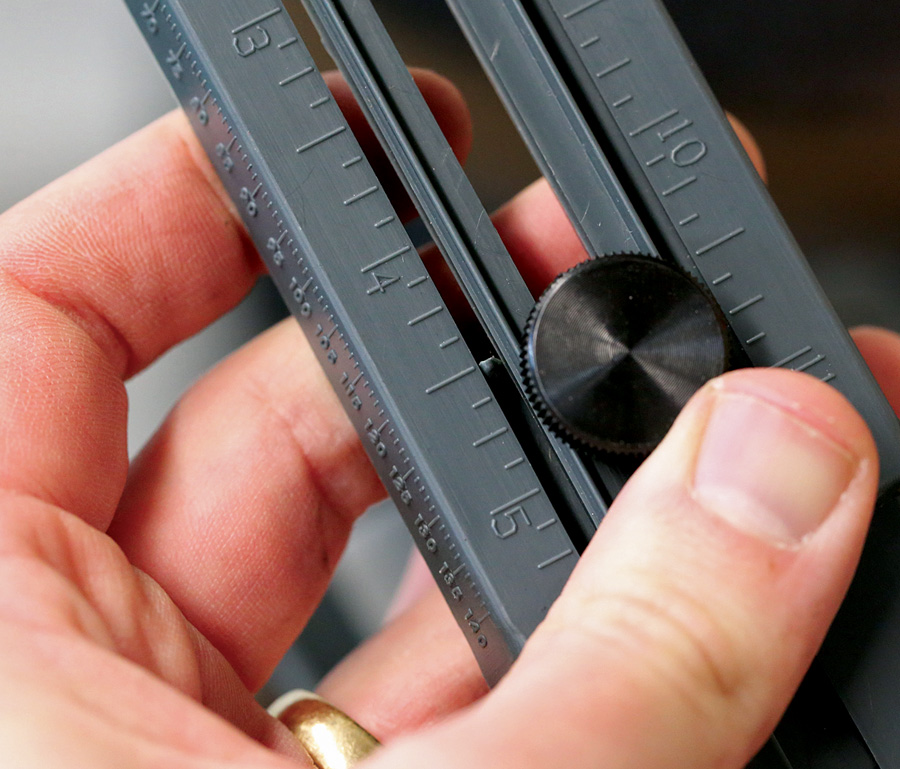
Now on to the front. We readjusted the WheelRite with a 4½-inch backspace, as we figured the 3¾-inch backspace we used in the rear would interfere with the fender on full left and right lock. -
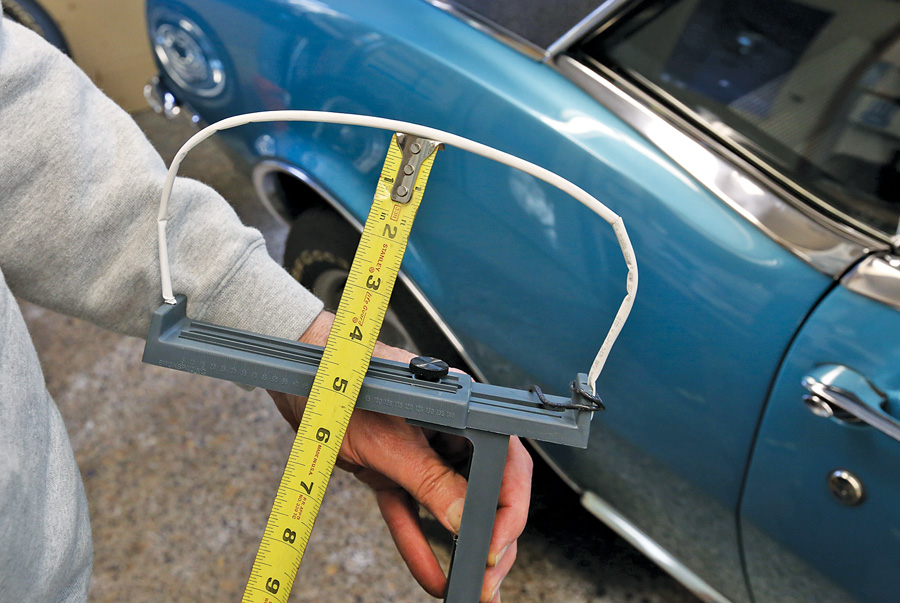
A 235/60 tire has about a 9½-inch cross section and is 26 inches in diameter, which works out to about 5½ inches of tire height above the top of the rim. We mocked up the wire to match. -
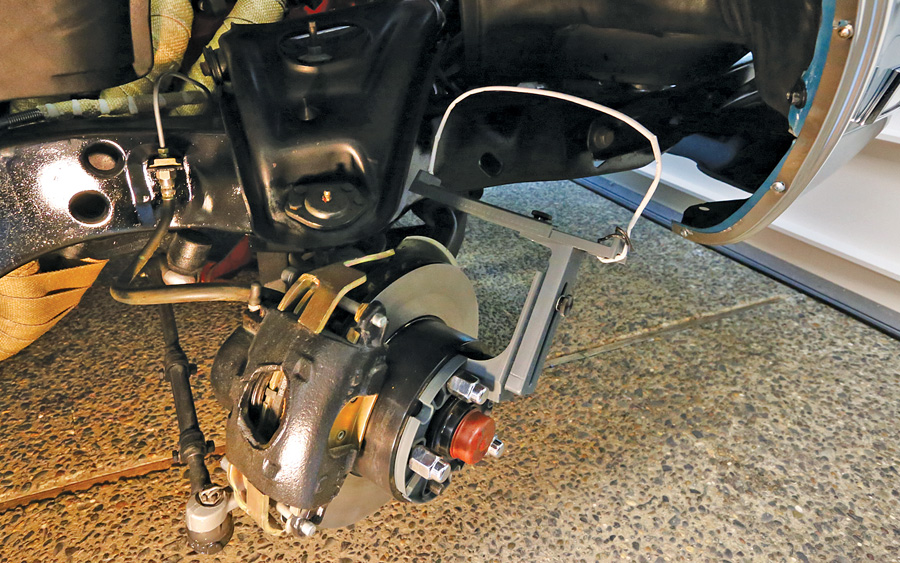
With the WheelRite set to a 15×8 rim, 4½ inches of backspace, and a 235/60 tire, we mounted it on the front of the Camaro and spun it around — also checking clearance on both full lock to the left and full lock to the right. It was tight at the larger-than-stock front sway bar on full lock, but it cleared. We verified on the other side and then got back on the phone to Coker to place our order. -
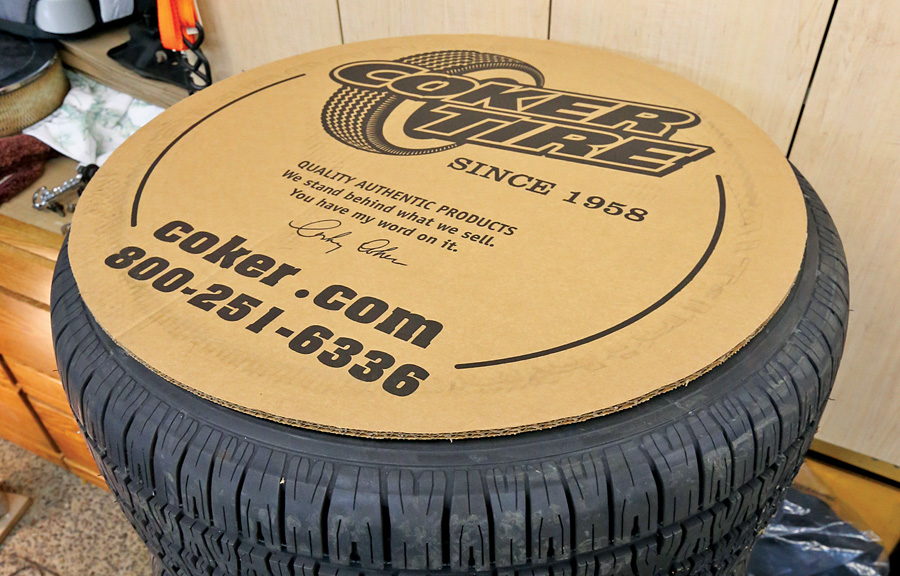
Coker is a one-stop shop — meaning that in addition to making a number of their own classic car tires both in radial and bias ply, they can also mount, nitrogen fill, and balance tires prior to sending them to you. The result? You can bolt them on and go. When you order a complete tire and wheel combo, this service is free. -
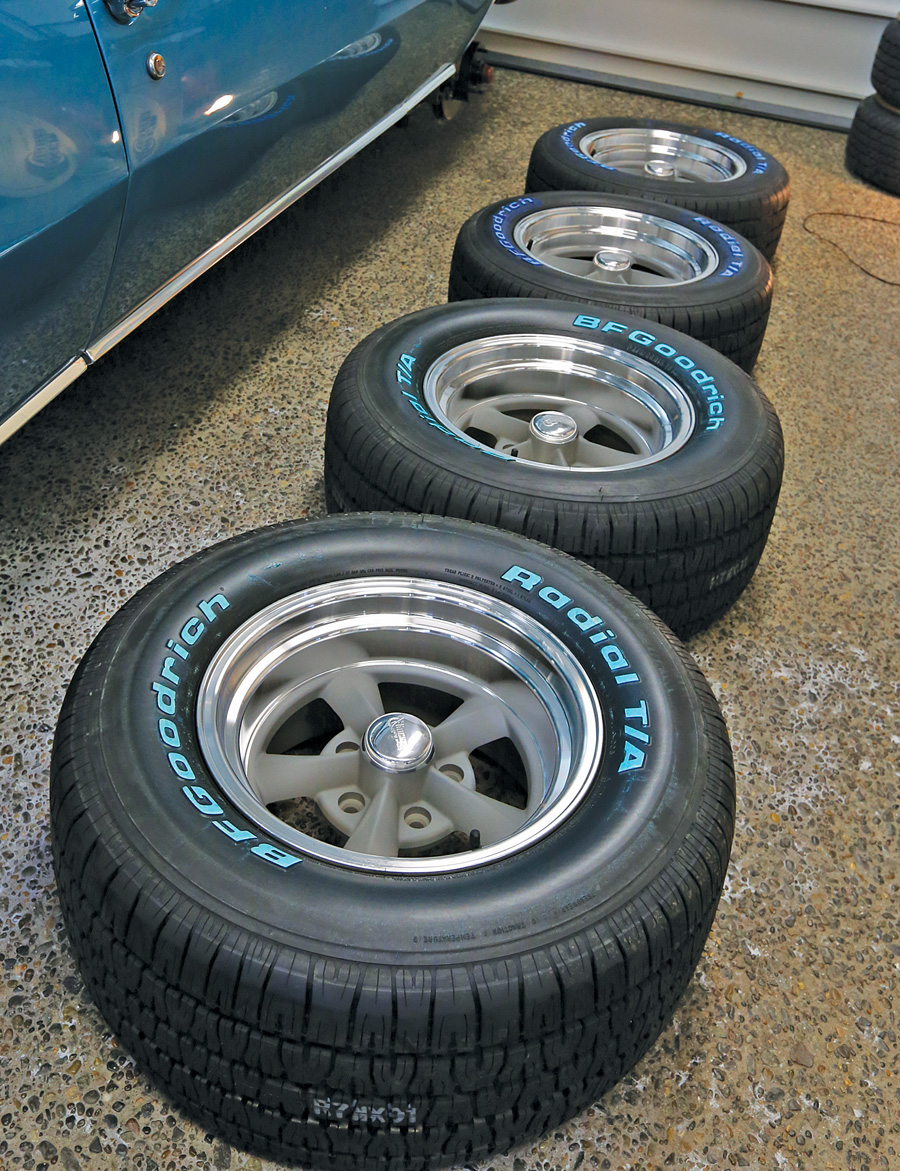
After about a week, here’s what we got, ready to be mounted on the car. White letters out, naturally. -
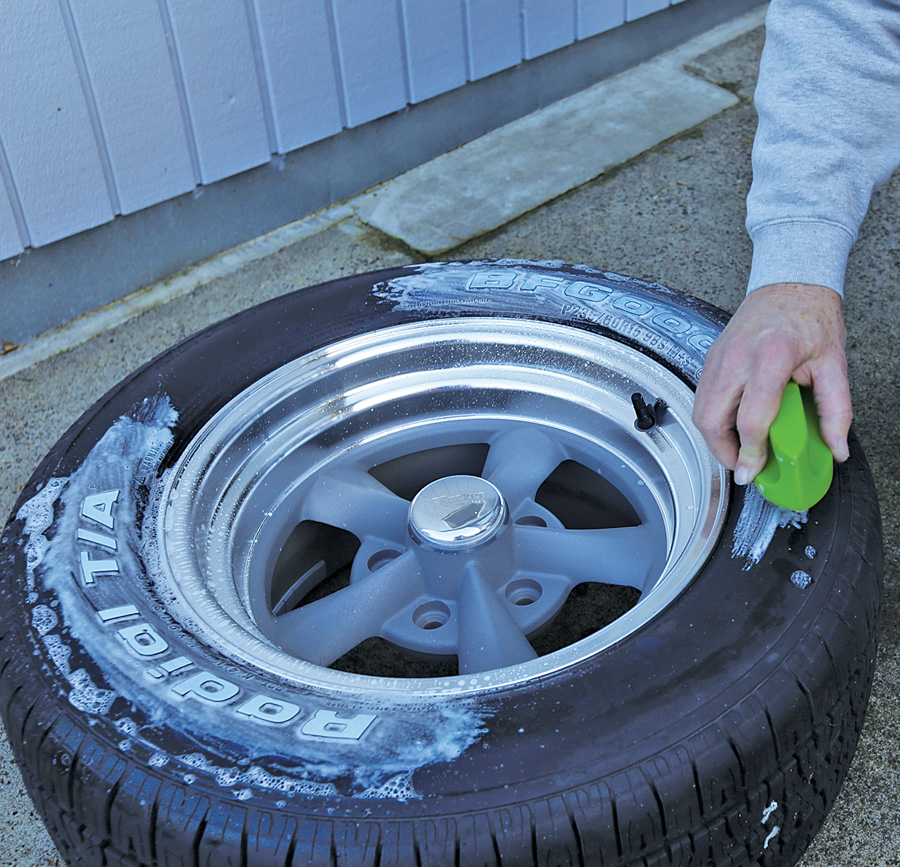
A little soap and water makes quick work of the blue preservative that protects the BFG white letters. Taking the time to clean each wheel also gives you a chance to inspect each one for any issues before you mount them on the car. -
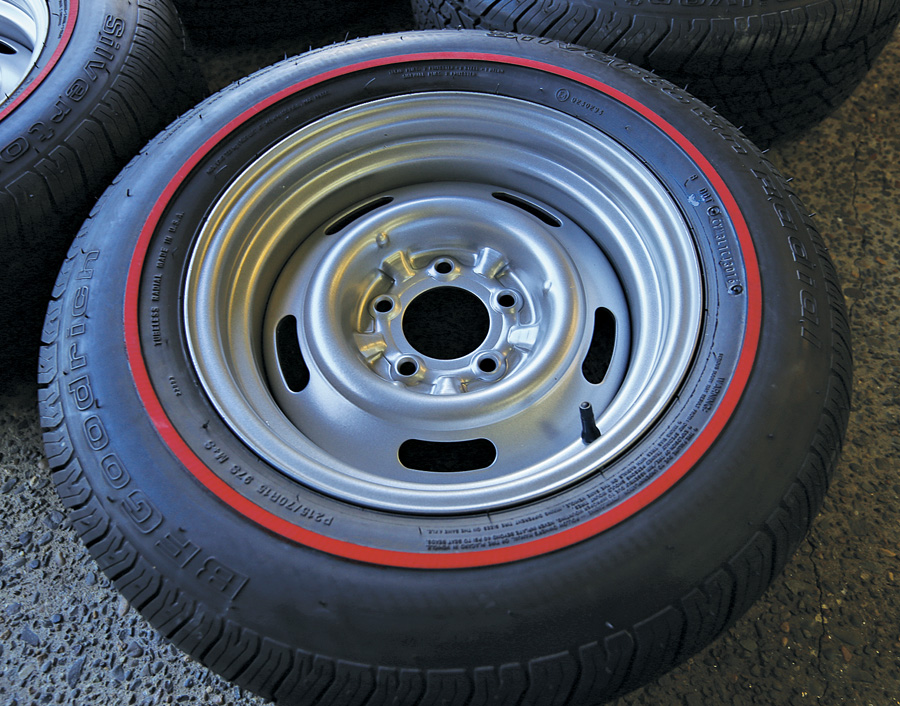
Day Two not your thing? We also ordered a set of Camaro Rally wheels on BF Goodrich Silvertown Redline radials — these are 15x7s on a 4¼-inch backspace, which give a slightly updated look over the bone-stock 14x7s this car came with originally. While Coker can sell you stock-style steel wheels and 100% correct bias Redlines with all the right brand markings for your 100-point restoration, we went with radials here for better street manners. Coker also offers GM-style rings and caps. -
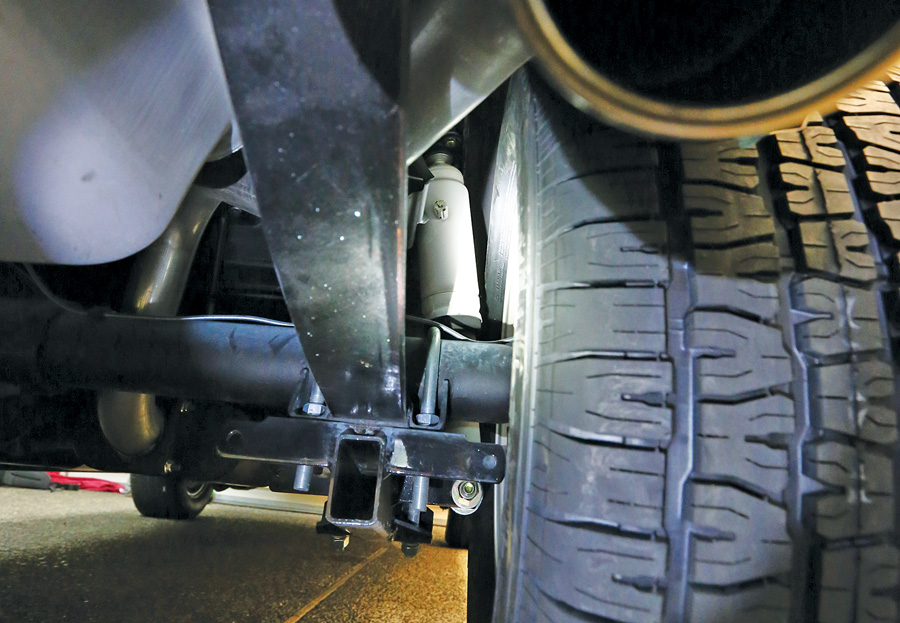
With the wheels loosely fitted, we double-checked all our clearances — there’s plenty of room here between the shock and the tire in the rear, and the front clears our sway bar, too. -
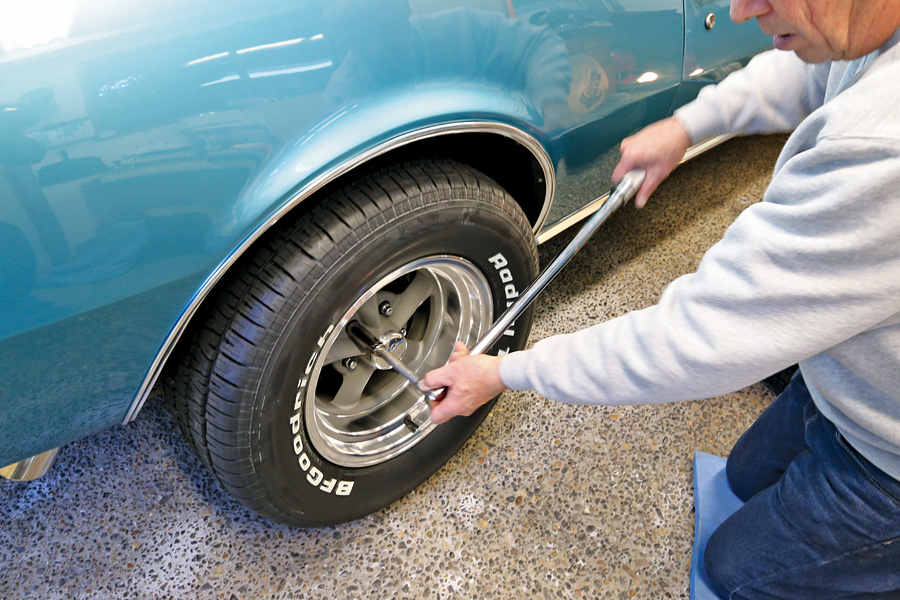
Don’t even think of hitting your new wheels with an impact — use a torque wrench. We set ours to 80 lb-ft and tightened in a star pattern. A good trick, particularly for front wheels, is to run the lugs up snug and then let the jack down slowly to where the new rubber just touches the ground. This’ll keep the wheel from turning while you torque the nuts. -
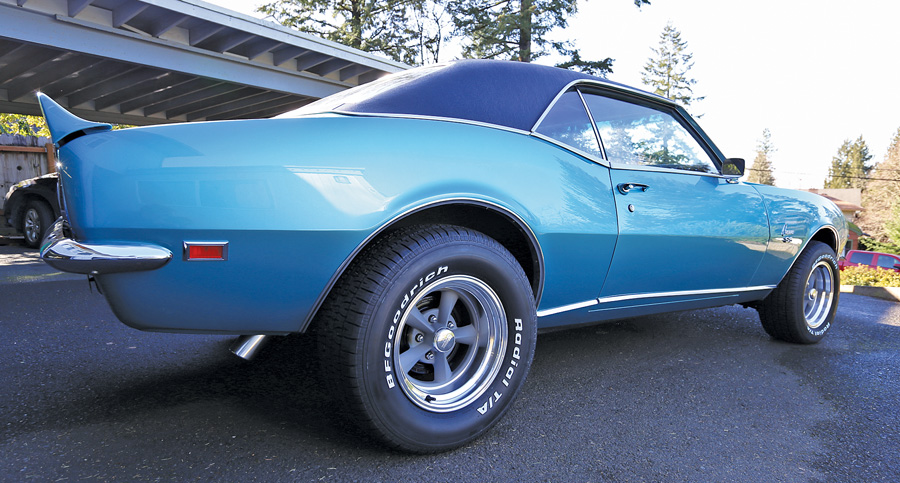
Payoff time. Time to stand back and survey the difference. I’d say we nailed the Day Two look here. -
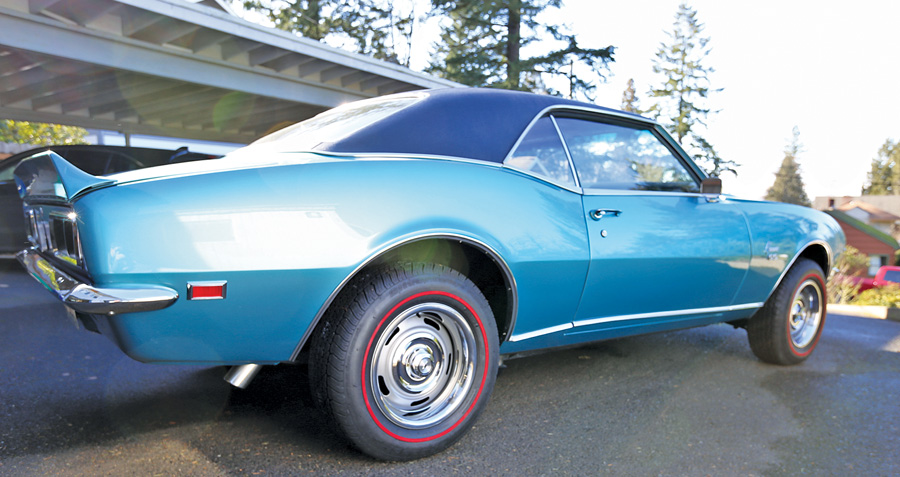
How much can wheels and tires really change the look of a car? Compare the Rockets to these Redline radials on Camaro Rally wheels. Regardless of which you like more — Day Two or original — Coker’s got what you need to give your classic a fresh look.

